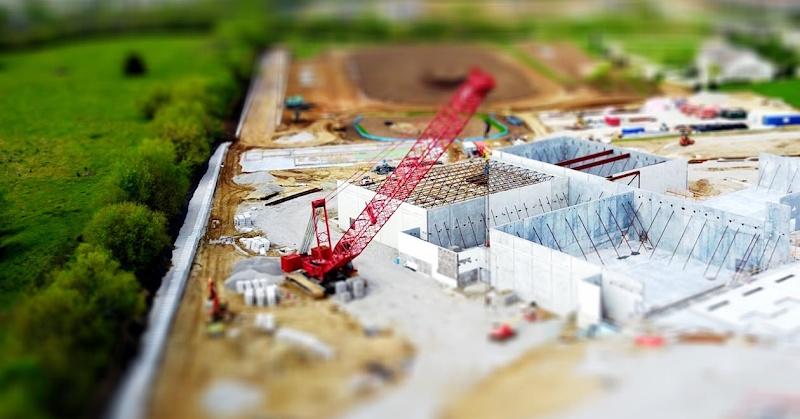There is a greater need than ever for durable and environmentally sustainable infrastructure as the world’s population rises and urbanization quickens. Architects, engineers, and builders are leading the way in modern construction processes that promise to mold a better tomorrow. These techniques, which include cutting-edge technologies, eco-friendly materials, and creative design strategies, not only satisfy current demands but also open the door to a more promising and sustainable future. Come along on a journey through the development of contemporary building techniques, where each structure constructed signifies a step toward creating a better world.
Eco-Friendly Materials and Methods:
Recycled steel, bamboo, and engineered wood are examples of sustainable materials that provide environmentally beneficial substitutes for conventional building materials. Builders can lessen their influence on the environment and the need for materials by making use of these resources. Green roofs, passive solar architecture, and modular buildings are some of the methods that improve energy efficiency and lower carbon emissions while also promoting sustainability. For example, green roofs enhance air quality and reduce the effects of urban heat islands in addition to providing insulation. Energy conservation is encouraged by passive solar design, which uses the sun’s heat and light to lessen the need for artificial heating and cooling systems. Modular construction also uses off-site prefabricated building components, which saves construction waste and shortens project completion times.
Cutting Edge Technology in Building:
The construction business is changing because of advanced technology that improves productivity, accuracy, and teamwork throughout the project lifecycle. With the use of construction Information Modeling (BIM), contractors, engineers, and architects can now produce intricate digital representations of construction projects, making it a fundamental technological advancement. Before construction starts, stakeholders can use BIM to visualize plans, spot any conflicts, and maximize building performance. In addition to BIM, other technologies that are changing construction procedures are drones and 3D printing. Drones improve safety and data collecting by making airborne surveys and site inspections easier. Building component prototyping is made possible by 3D printing, which cuts down on wasteful material use and construction time. Project teams can also acquire an Autocad drawing download, which can also help improve design accuracy and streamline documentation procedures.
Off-site construction and prefabrication:
Prefabrication is the process of making building parts in a controlled factory setting before they are delivered to the construction site and assembled. This procedure avoids material waste, speeds up project timeframes, and lowers the amount of workforce needed on-site. This idea is expanded upon by off-site construction, which involves assembling whole modules or building parts elsewhere and then bringing them to the assembly site. Because building takes place in a controlled environment, mitigating the effects of weather and other on-site variables, both methods improve quality control. Furthermore, prefabrication and off-site building enhance sustainability by maximizing material utilization and reducing construction-related disturbance to neighboring communities.
Creative Design Methods:
Building design and construction are changing as a result of innovative design techniques that put occupant well-being, sustainability, and functionality first. For instance, biophilic design incorporates natural elements into the built environment, such as flora, natural light, and water features, in an effort to enhance well-being and human connectivity with the environment. Energy-efficient architecture, state-of-the-art building technologies, and renewable energy sources are typically combined to create net-zero energy buildings, which produce as much energy as they consume. These buildings minimize their carbon impact and operating costs while maximizing energy independence. Architects and builders are designing places that not only lessen their impact on the environment but also promote happier, healthier living and working environments for their occupants by using these cutting-edge design concepts.
Intelligent Building Systems:
Smart building systems monitor and manage a variety of building services, including HVAC, security, and lighting, by combining Internet of Things (IoT) sensors, automated controls, and data analytics. In order to optimize energy savings and occupant comfort, IoT sensors gather real-time data on occupancy levels and environmental variables. This data enables dynamic modifications to lighting, heating, and cooling systems. By enabling remote monitoring and administration of building systems, automated controls increase operational effectiveness and save maintenance costs. Additionally, building owners and managers can make well-informed decisions to improve a facility’s performance and sustainability over time by using data analytics algorithms to evaluate collected data and find trends, patterns, and chances for additional optimization.
Conclusion:
By adopting cutting-edge technologies, sustainable materials, and creative design strategies, you’re not simply erecting structures—you’re reshaping the environment. Keep pushing the envelope and working toward more resilient, eco-friendly, and effective structures as we go forward. Recall that every choice you make now affects future generations’ quality of life.






